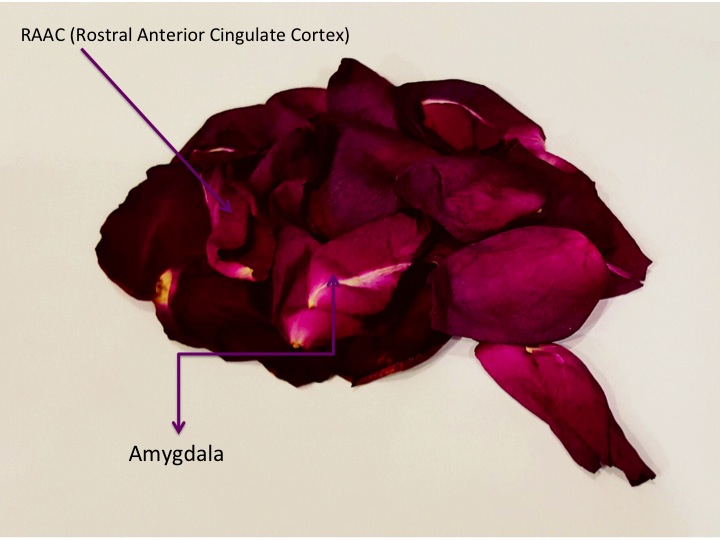Neuroscience of creating the ‘rosy outlook’ (optimism): The discovery of the brain regions involved with creating optimism are said to be the RAAC (Rostral Anterior Cingulate Cortex) and Amygdala. Tali Sharot and colleagues form New York University pinpointed these neural circuits that are responsible for creating the rosy outlook ‘optimism’. Reference: Sharot, Riccardi, Raio & Phelps. 2007. Neural mechanisms mediating optimism bias. Nature doi:10.1038/nature06280 Complementarily, the medicinal benefits of the flower rose have been established long back. The world famous physician Ibn Sina (Avicenna) (11the century CE) was the first scientist who established the therapeutic benefits of the flower rose on the heart and the brain. He also suggested that the fragrance has beneficial effects on the performance of the brain and its cognitive power as it strengthens the memory and enhances comprehension. Scientists have also discovered that the flower has antidepressant, anti-inflammatory, anti-cancerous, antioxidant properties as well.
The Neuro Bureau
neuro-collaboration in action

